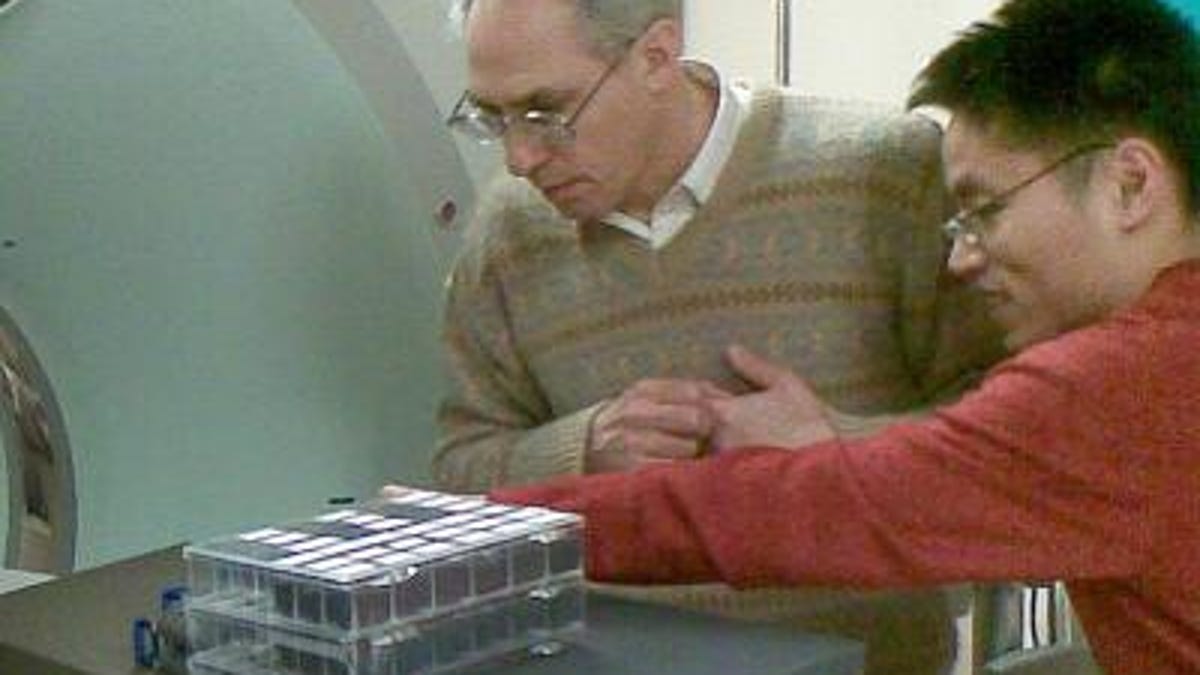Improving CT scans to speed up lung cancer diagnosis
Researchers unveil new ways to improve the accuracy of CT scans as well as speed up the time it takes to find telltale changes in lung tissue that hint at lung cancer.

Currently, radiologists measure the sizes of potentially cancerous lung nodules by measuring their largest widths using a two-dimensional computer screen. (The method widely used to do this is called RECIST.) Now, researchers are investigating volumetrics, by which they can measure nodules in 3D.
Thanks to work done by a team of researchers at the National Institute of Standards and Technology (NIST), in the simplest of cancer cases, volumetrics appears to reveal volume changes far more precisely than currently possible on 2D screens, which could cut diagnosis time from six months down to four weeks, the researchers estimate.
"We found that volumetrics allows you to notice volume changes that are a factor of 10 smaller than RECIST can with a similar level of confidence," said Zachary Levine of NIST and lead author of the paper published this month in Optics Express. "This implies that you could notice life-threatening changes from a follow-up scan performed only weeks after the first, instead of months," Levine said in a statement Wednesday.
This research is just the beginning; Levine warns that cancer does not always appear in the exact shape of the elliptical pills his team used to mimic tumors, meaning this method of analysis may not work as accurately in more complex cases. Still, he adds, it could work for "a large class of lung cancers."

